Content Warning: The following article contains discussions of suicide and depictions of violence.
Be it snakes in Anaconda or spiders in Arachnophobia, Hollywood loves to play with a phobia. Acrophobia isn't frequently used as the central hook of a narrative, but a fear of heights can prove to be a terrific character detail, as it is a tension-builder for the audience.
The best uses of acrophobia don't need to be in a horror movie. There are films in just about every genre that include a character with a particular hesitance about going to the top of a building or a similar scenario. Others simply toy with the audiences' fears instead, by featuring panic-inducing, death-defying scenes shot at great heights. While not all movies use this phobia effectively, some utilize it masterfully.
10 Vertigo (1958)
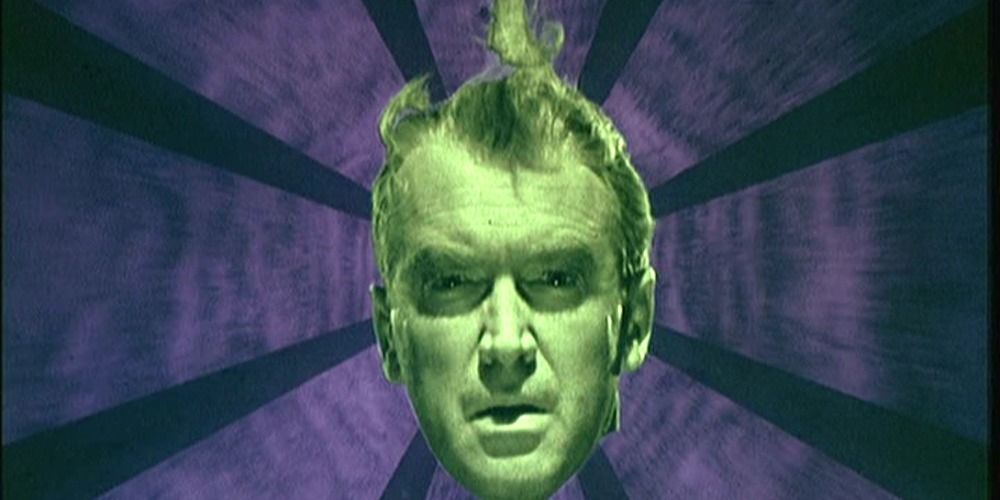
Featuring some of Alfred Hitchcock's scariest moments, Vertigo is easily one of the legendary director's greatest accomplishments. In fact, no film has included acrophobia as directly as Hitchcock's classic. In true Hitchcock fashion, though, the acrophobia is something of a MacGuffin. Fortunately, it's one of his best ever.
The plot follows an ex-cop suffering from a particularly severe case of acrophobia. When he's hired to prevent his friend's wife from taking her own life, he finds himself wrapped up in far more than he ever expected.
9 High Anxiety (1977)
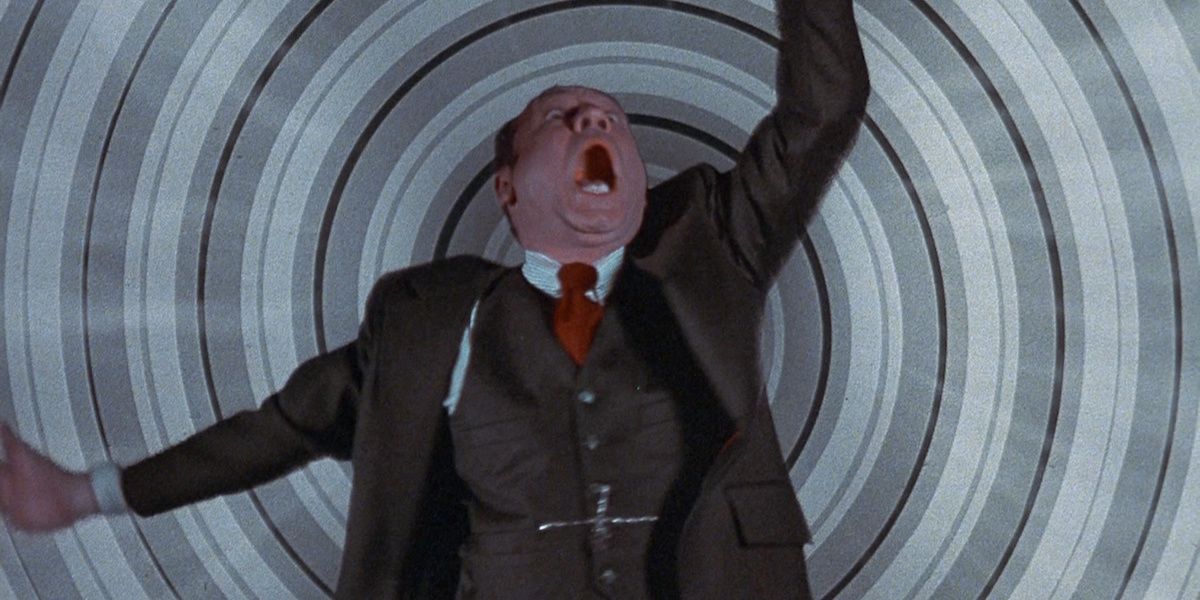
The early Mel Brooks film, High Anxiety, featured Brooks himself as a character with a peculiar form of acrophobia. The film calls it "High Anxiety," but it's also really a play on various Hitchcock tropes (particularly anything found in Vertigo).
The plot follows Dr. Richard H. Thorndyke as he finds himself accused of murder. Things only get worse when he tries to clear his name. No one seems to be who they say they are, and he suffers from this "High Anxiety:" a combination of acrophobia and vertigo.
8 Cat's Eye (1985)
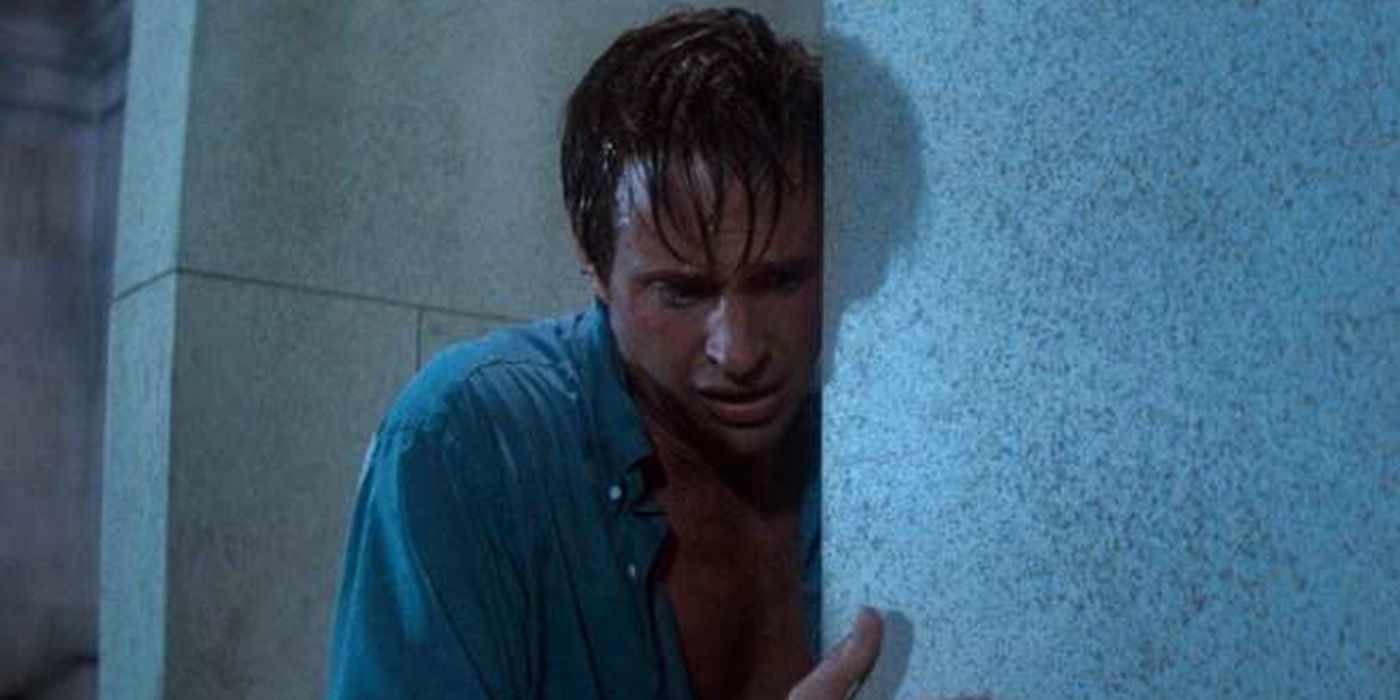
Cat's Eye, a bizarre movie in a lineup of Stephen King adaptations, features a segment with a stark focus on acrophobia. "The Ledge" features Robert Hays (Airplane!) as Norris, a man forced to circumnavigate a building's thin, concrete exterior ledge.
The man forcing him to do this, Cressner, is a few things: the husband of Norris' lover, a crime boss, and a sadist. If Norris makes it, he gets Cressner's wife. If he refuses, he'll be arrested for planted drugs. Cat's Eye is a fun anthology well worth checking out for fans of Stephen King or anyone looking for the best cat movies.
7 Die Hard (1988)
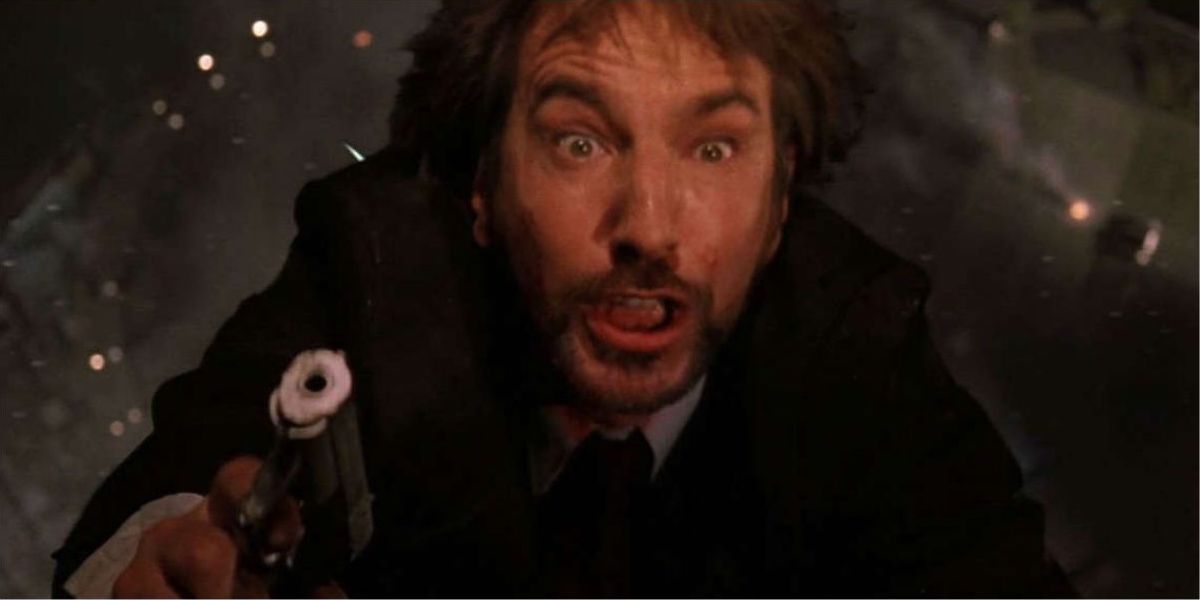
John McClane faces adversity after adversity during his fight with a group of terrorists in Nakatomi Plaza. Height plays a key role in several of the film's many nail-biting scenes. The height of Nakatomi Plaza alone is an acrophobe's nightmare -- seeing McClane swing off the side of it holding only a fire hose is a different matter. Furthermore, with the setting's extensive height so firmly established in the viewer's mind, when Hans Gruber falls, they feel it.
Another example of Die Hard's usage of acrophobia comes in the elevator shaft scene. The staging of the scene inspires both a nervous reaction and a dizzying one. This is then swiftly replaced by excitement, as McClane tosses some C-4 down the shaft.
6 Pretty Woman (1990)
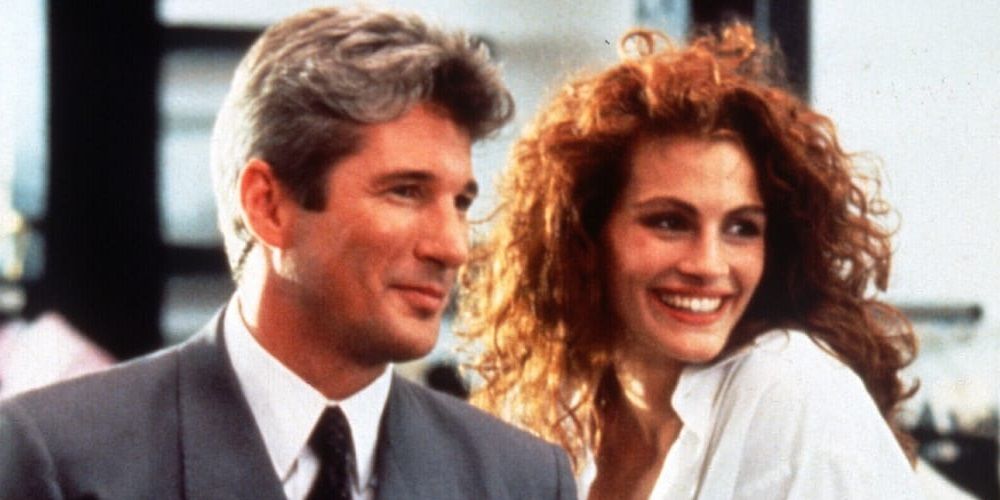
One of the best romantic comedies of all time, Pretty Woman, featured Richard Gere as Edward Lewis, an acrophobe. A corporate titan and perpetual playboy, he finds a new way to look at life after meeting Vivian Ward: a Hollywood sex worker.
After Lewis hires Ward for a week, he learns a lot about her and even about himself. This includes his ability to climb up a fire escape (for her), effectively conquering his acrophobia.
5 Freddy's Dead: The Final Nightmare (1991)
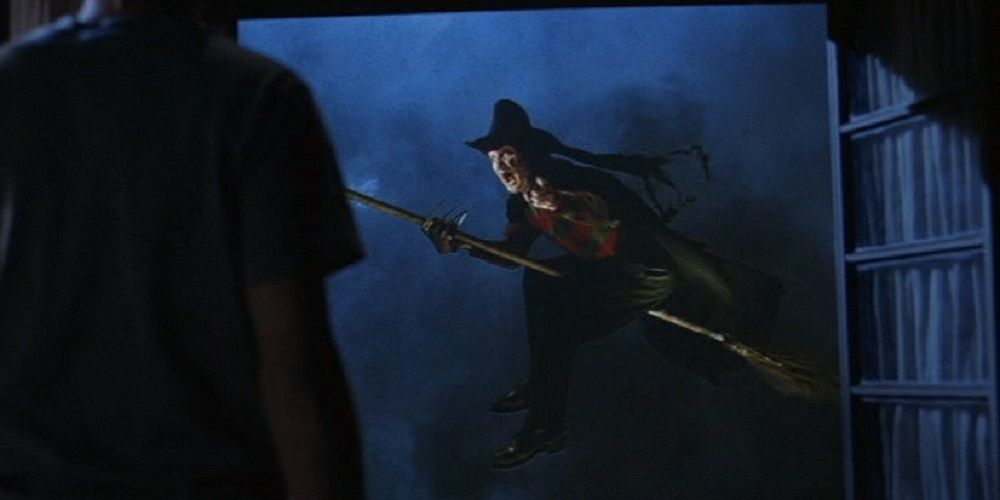
Freddy's Dead, the sixth and "final" film of the A Nightmare on Elm Street series, featured one character who had a fear of heights. The plot initially seems as though it will be following this character, John Doe, for the duration of the narrative. He has memory loss and is placed in a shelter for troubled youth.
But the shelter for troubled youth has an intermittent focus throughout the film's runtime before it shifts to Freddy's (and the true protagonist, Maggie's) hometown. Before Freddy can confront the woman who is, in fact, his daughter, he kills most of the others. This includes John Doe, whose self-proclaimed fear of heights plays a part in his demise.
4 Cliffhanger (1993)

Cliffhanger is what would happen if the dial on Die Hard's height focus was turned all the way up. The opening scene of this Stallone actioner is so tensely staged by director Renny Harlin that it makes one's stomach churn to watch. Stallone's rescue ranger, Gabe Walker, is trying to save his pal and his pal's girlfriend from a mountain top. After a crucial piece of her harness breaks, she and Walker desperately hold one another's hands. Unfortunately, she's wearing a glove.
Like most of Harlin's films, Cliffhanger has thrilling set-pieces on what is practically a non-stop basis. The plot follows Walker, one of Stallone's best but more underrated characters, as he takes on a psychopathic British military intel officer.
3 Vanilla Sky (2001)
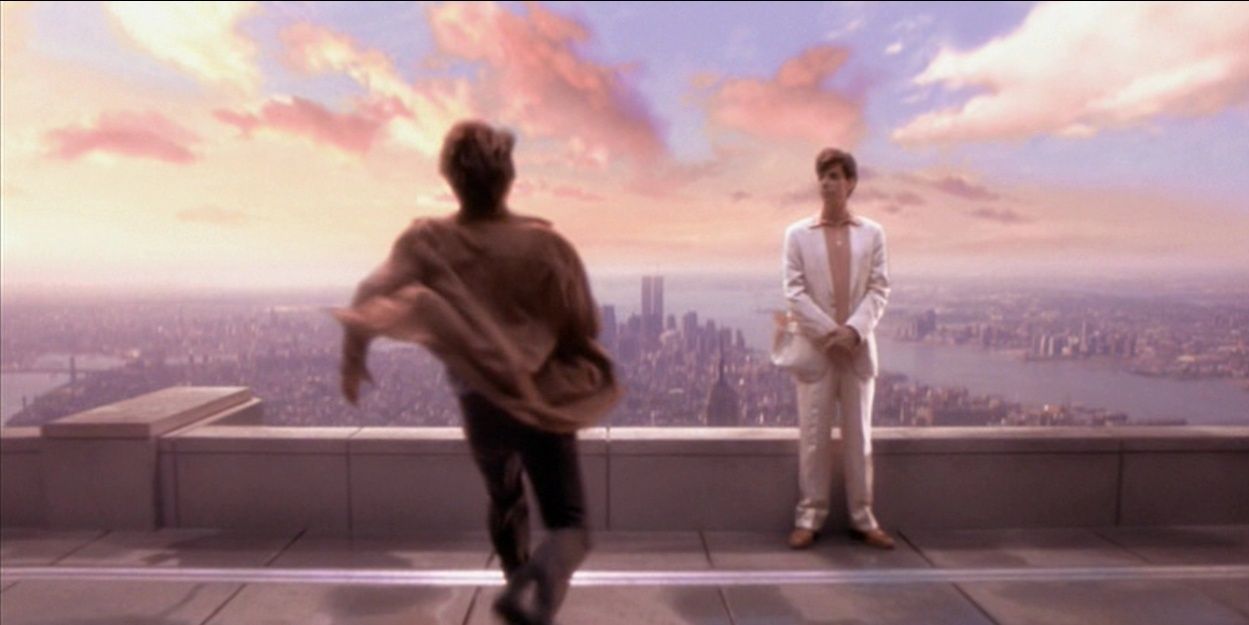
The plot of Cameron Crowe's hidden secrets-filled Vanilla Sky, a movie full of hidden things the average viewer won't notice, spends a lot of time developing the fear experience of David Aames (Tom Cruise). Aames, who wears a prosthetic mask, relays the story of his life to a court psychologist (Kurt Russell). He wears a mask because he was injured by his lover (Cameron Diaz), who intentionally crashed the car due to his infidelity.
The character of David Aames is consumed by fear just as much as he is vanity. Part of this fear comes in the form of acrophobia (the car his lover was driving went off a bridge). And by the end of the narrative, he must literally take a "leap of faith" off a skyscraper.
2 Mission: Impossible - Ghost Protocol (2011)
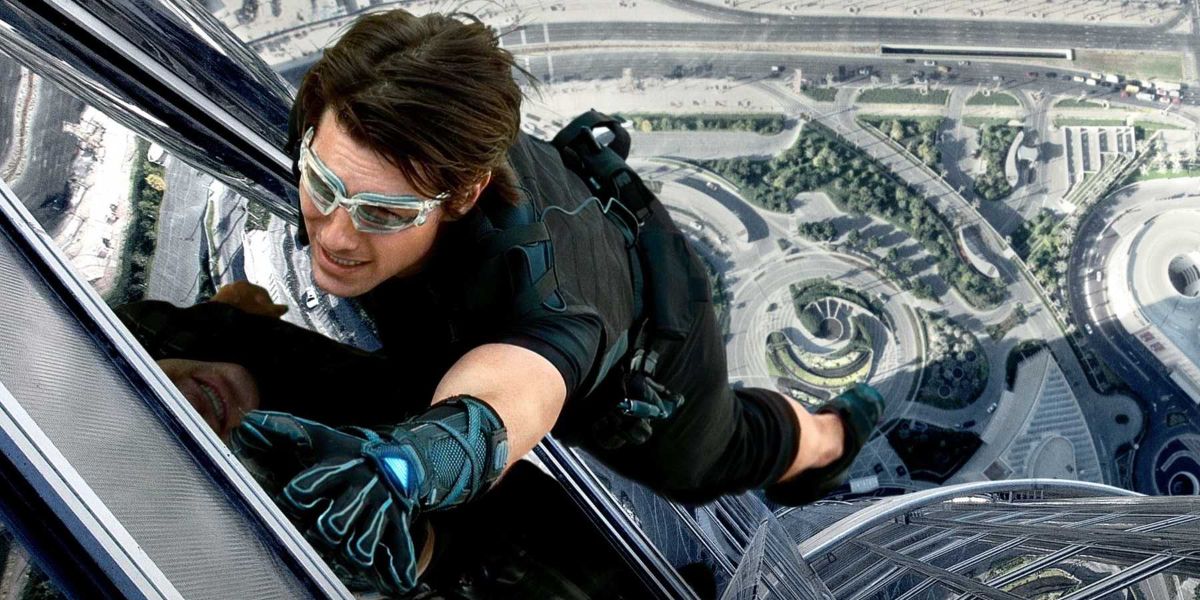
A fan-favorite scene in a fan-favorite Mission Impossible film, the Burj Khalifa scene in Mission Impossible: Ghost Protocol is easily a series standout. The reality of Tom Cruise's death-defying stunt only further intensifies any nausea the audience feels as they watch him dangle. Add in an IMAX screen and the viewer feels like they're clinging to the glass right beside the actor.
The scene is well-constructed, never over-edited, and holds up even on a screen at home. That effectiveness is a testament to how effectively acrophobia can be used in a strong script.
1 The Walk (2015)
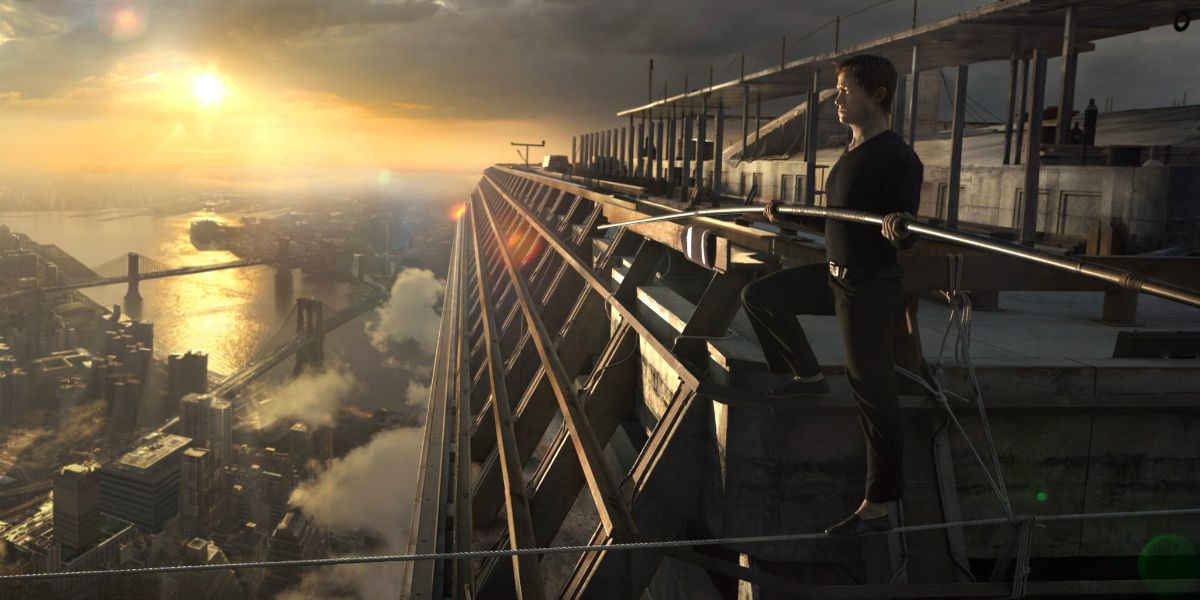
Robert Zemeckis' biopic of Philippe Petit, the subject of the documentary Man on Wire, features some of cinema's most nausea-inducing shots. Zemeckis brings his visual flourish to another true story (Flight), all the while forcing the audience to feel as if they're walking the high-wire with Petit. The Walk (2015) was one of two biopics featuring Joseph Gordon-Levitt released in just as many years, with the other being Snowden (2016).
The plot follows 24-year-old French high-wire artist Philippe Petit (Gordon-Levitt) as he walked between the Twin Towers (six times) over 1,000 feet above the ground. The movie features some death-defying tense shots sure to make anyone bite their nails.
from ScreenRant - Feed https://ift.tt/385JiJa

0 Comments